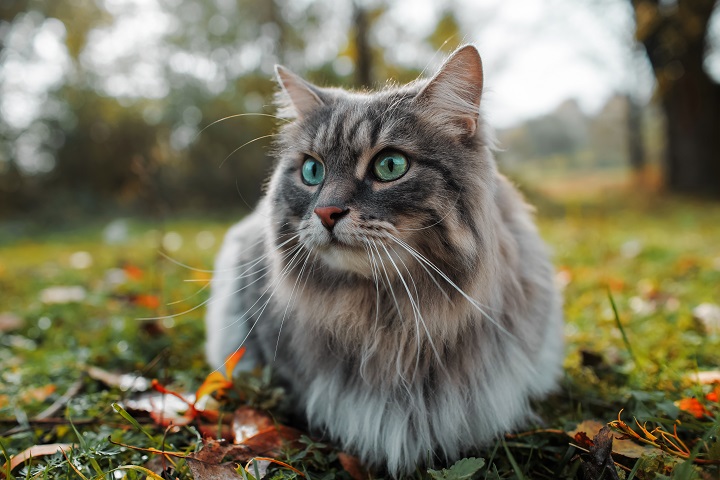Cats In the Middle East


The domestic cat is a recent arrival on the
human-animal scene. The first archaeological evidence of a cat being kept as a
pet comes from Egypt around 3000 BC. From that point on, cats became
increasingly popular as household pets in many parts of the world.
Cats were first domesticated in the Near
East about 10,000 years ago. They were brought to Europe by the ancient Greeks
and Romans, and eventually became the world’s most popular pet. The first
written record of a cat being kept as a pet comes from ancient Egypt.
Ancient Egyptians had a strong connection
to cats. They were revered as gods and were often depicted with them as part of
their religious ceremonies. Cats were also used as rat catchers and were good
luck symbols.
During the early days of Egypt's history,
cats were used as mousers and to rid homes of pests. As Egypt's civilization
grew, so did the importance of cats. They were used as status symbols and were
even buried with their owners in some cases.
Domestic
Cats in Islam
In Islamic history, one of Prophet
Mohammad's companions was noted for his intense affection for and care for
cats. He was known as Abu Huraira (the father of cats).
Cats, unlike dogs, are permitted to enter
homes where Muslims pray because they are considered clean.
According to hadith, the prophet Mohammad
forbade mistreating all live creatures, particularly cats. According to one
hadith, a woman condemned to hell for torturing a cat to death. So, in the
Islamic teachings, Muslims are asked to treat cats well, feed them, and show
them kindness only.
Types
Of Domestic Cats You Can Find in The Middle East
The Middle East is a western Asian region.
It is bounded to the north by the Mediterranean Sea, to the east by the Persian
Gulf, and to the south by the Red Sea. North Africa, Egypt, Syria, Lebanon,
Jordan, and Iraq are all part of the region.
Different animals and species can be found
in the region, and cats are not an exception.
Persian cats are one of the most popular
breeds available. They are noted for having long hair, which can make
maintenance difficult and time consuming. They make up for their low upkeep
quality with friendliness and astute behaviour.
Another interesting breed is the Bengal
cat. The Bengal cat is a domesticated cat breed developed from a cross between
the Asian leopard cat and domestic cats, particularly the spotted Egyptian Mau.
The breed’s name is derived from the scientific name of the leopard cat.
Are
There Any Wild Cats in The Middle East?
It's only natural to locate wild cats in
such vast regions and spaces like the Middle East. The Persian leopard, for
example, can be found in Iran and Iraq. The Asiatic cheetah can only be found
in Iran.
Name
your Cat in Arabic
Having a cat around is already a unique
experience that only cat owners truly understand. After selecting your cat (or,
in most cases, the cat selecting you), you will feel compelled to name it.
Something to call it with when you want it to eat, be affectionate, or stop
breaking things.
If you're learning Arabic or just curious
about the language and want to give your cat a name that will make her stand
out even more, you've come to the correct place. We're here to assist you.
Although Arabic names always have an origin
and a purpose, it is preferable to name a cat with a simple, short term that
has a meaningful meaning and defines the cat.
Here is a list of suggestions for female
cat names:
Amal: meaning hope
Farah: meaning joy
Amani: meaning aspirations
Ishtar: meaning goddess of love
Nashwa: meaning euphoria
Noura: meaning light
Zahra: meaning flower
Amoora: meaning cute
Male cat names:
Saeed: meaning happy
Karam: meaning generous
Naeem: meaning comfort
Naseem:meaning breeze of air
Ameer: meaning prince
Ajwad: meaning generous
Reem: meaning ghazal